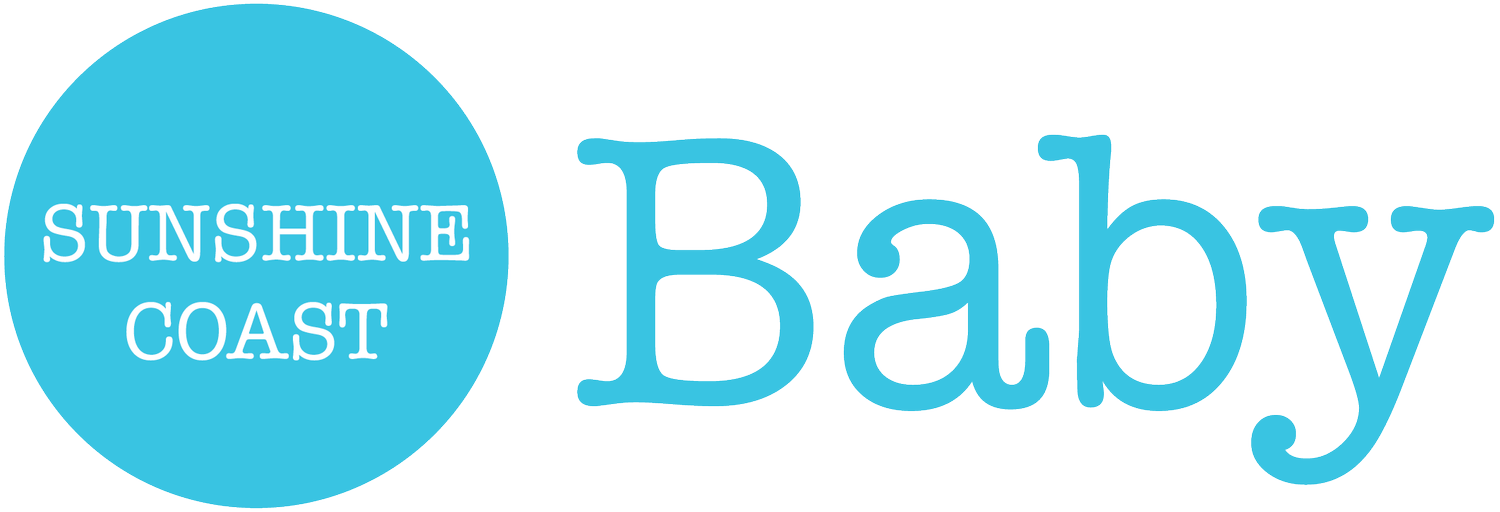The business of birth: rising induction rates and the monetisation of labour
By Caitlyn Parry and Ash Rasmassen
The 2020 Mothers and Babies report was released earlier this year and the results are disappointing. Up from 35.5% in 2010 the recent statistics show that 46.8% of first-time mums were induced, with no change to perinatal mortality rates (AIHW 2020). Is this telling us that humans have evolved as such so that 46.8% of women cannot birth their babies?
Even though we know about the cascade of intervention and the increased likelihood of a caesarean (major surgery), infection and bleeding that comes from an induction (Coates et al 2020; Girvell et al 2012), these stats continue to rise.
While we are privileged to have access to the modern maternity care we do, could it be it is this very system that is creating the narrative that women’s bodies need to be managed? Is an unfortunate side effect of modern healthcare the belief that we are inherently incapable of growing and birthing our babies without intervention?
Like many things in our world today, monetisation (and liability) has changed the landscape of birth. Let’s follow the money.
Each hospital in Australia is its own private entity, publicly funded by the state and federal government. A component of this funding is activity based funding whereby the hospital is paid for each procedure carried out. Every intervention is a procedure, so anything that is done in the pregnancy and birth space awards a bonus, from a cannula to a caesarean.
The more procedures carried out, the more incentives and bonuses the hospital receives – cha ching.
There are also the fines, or “hospital acquired complication adjustments”. A hospital will receive a negative monetary adjustment for not intervening if a woman sustains a third degree vaginal tear, whereas if they perform an episiotomy they are awarded a bonus.
The publicly available QLD Health Funding Guidelines show a 5x greater monetary reward for a caesarean over a vaginal birth. Perhaps this could help to explain the 37% caesarean rate?
Ultimately what the report reflects is that the system is working like a well-oiled machine. But this machine is not considering all of the specific intricacies of each individual birthing woman's circumstances nor the cascade of intervention. And it is likely instilling a distrust in women and their bodies, and planting doubt that they are not able to to do innately what their bodies are so perfectly designed to do.
Put simply, the stats show that the system is failing too many women.
So where to from here? There will not be change within the system in a hurry, therefore it is the women that need to change, to adapt and to rise up. Knowledge is power, and empowering yourself with the knowledge needed to navigate the system will be your greatest asset. Most of all give yourself time and space, both while pregnant and preparing for birth, and also while birthing. Time and space to make informed decisions that are best for you and your family
Cait and Ash provide education and loving support to women and their families through pregnancy, birth and postpartum. Head over to their birthkeeping page to book a free coffee and chat meeting www.birthmamas.com.au

